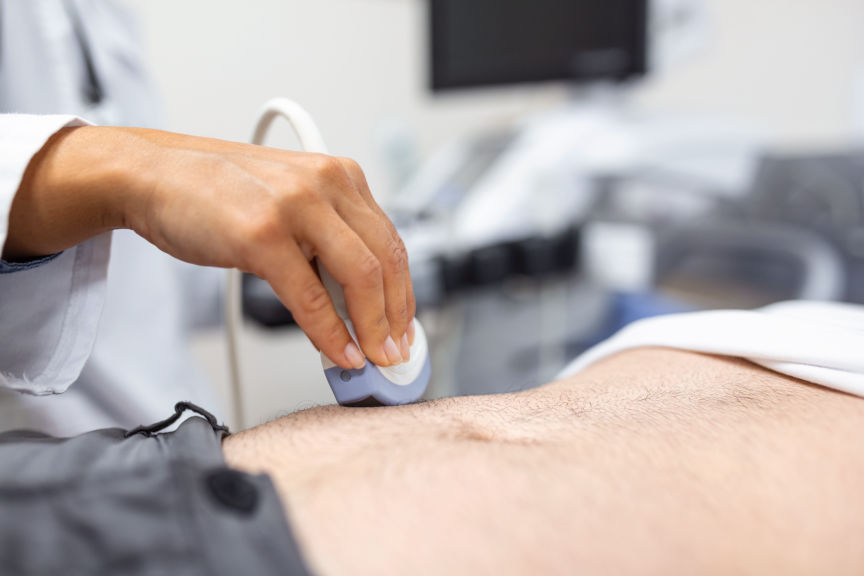Nuchal translucency ultrasound
A nuchal ultrasound for diagnostic purposes provides important medical information such as the size, age and health of the fetus. It can also detect the presence of twins and diagnose certain congenital abnormalities

A nuchal ultrasound for diagnostic purposes provides important medical information such as the size, age and health of the fetus. It can also detect the presence of twins and diagnose certain congenital abnormalities

Between the 11th and 13th week of your pregnancy, your doctor may suggest an ultrasound to measure the nuchal translucency of the fetus, which is the subcutaneous space between the skin and the cervical spine.
If this space is larger than normal, the risk of Down's syndrome is high, and the risk of other chromosomal abnormalities or heart defects is also high. The nuchal translucency test should be combined with a blood sample.
We recommend that the appointment is made between the 12th and 13th week of your pregnancy.
This prenatal screening test for all women with a pregnancy between 11 and 13 weeks, and for all women under 40 years of age who are at low risk of giving birth to a baby with a physical or mental disability.
The simple and quick test involves taking a few drops of blood from the tip of your finger, along with a nuchal ultrasound. Prenatest™ allows us to determine your risk of carrying a fetus that may have one of the two most common congenital anomalies: trisomy 21 (Down syndrome) or trisomy 18.
To properly prepare for your nuchal ultrasound, it is important to drink two 8-ounce glasses of water (500 mL) one hour before the examination and not urinate.
Ultrasound is an ultrasound imaging procedure. Ultrasound allows the creation of cross-sectional images in all planes. In particular, it is possible to record organs such as the heart and the foetus of pregnant women.
An ultrasound is performed by a radiologist or technician and lasts between 15 and 30 minutes.
See the detailed section on ultrasound for more information on the content of this examination.
Ultrasound is usually performed for the following purposes:
- Distinguish between liquid cysts and solid tumors.
- To check the location, structure, and size of specific organs.
- Recognize the stages of cancer development.
For more information on this test, please visit our detailed ultrasound page.